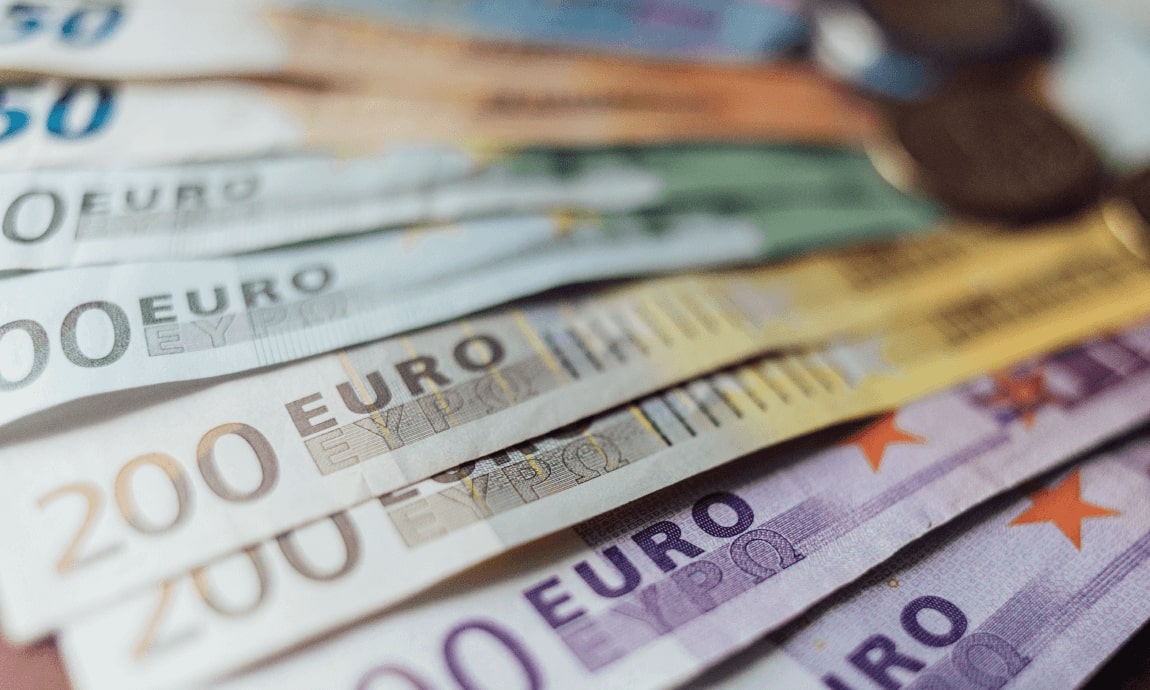Euro tops $1.10 on strong economic data and a falling dollar
Vrasidas Neofytou
Head of Investment Research

Euro broke above the key $1.10 psychological level against the dollar for the first time since early February on Thursday morning after a stronger-than-expected Eurozone February industrial production, while the dollar has extended recent losses following the cooling inflation reading and recession worries.
The common currency hit $1.1030 this morning, its highest level since early-April 2022, after the Euro area industrial output came in stronger than estimated in February, +1.5% vs 1% m/m expected, mainly thanks to a rise in production of capital (+2.2%) and non-durable consumer goods (+1.9%).
EUR/USD pair, Daily chart
Investors have turned to the safety of the Euro since early March as the banking sector in Eurozone showed better resilience against the U.S. banks during the recent banking crisis, especially after the collapse of the two regional banks, and the worsening economic conditions in the United States.
Euro also gets further support on the monetary policy divergence, based on the notion that the European Central Bank will need to be more hawkish longer than Federal Reserve to curb the surging inflation.
Cooler-than-expected U.S. consumer inflation data was the trigger for Euro to jump above the $1.10 key level this morning, as forex traders began pricing in the possibility that the Fed will pause its rate hike cycle as soon as June, after a final 25 bps rate hike in May.
The DXY-U.S. dollar index took a further hit last night, falling to a two-month low of 101.30, following the minutes of the Fed’s March meeting, which showed that policymakers were expecting a “mild recession” later this year, amid the impact of the recent banking crisis, coupled with the pressure of the inflation and rising rates at economic growth.
DXY index has lost nearly 5% since early March, falling from the recent high of 106 to the current lows of 101, boosting Euro and other dollar-sensitive currencies to yearly highs.
U.S. Treasury yields also fell on Wednesday pressuring the dollar in favor of the Euro, with the yield of 2-y Treasury trading at 3.95%, and the 10-y Treasury falling to 3.40% as investors digested lower-than-expected consumer price index reading and recession fears.
Important Information: This communication is marketing material. The views and opinions contained herein are those of the author(s) on this page, and may not necessarily represent views expressed or reflected in other Exclusive Capital communications, strategies or funds. This material is intended to be for information purposes only and is not intended as promotional material in any respect. The material is not intended as an offer or solicitation for the purchase or sale of any financial instrument.

